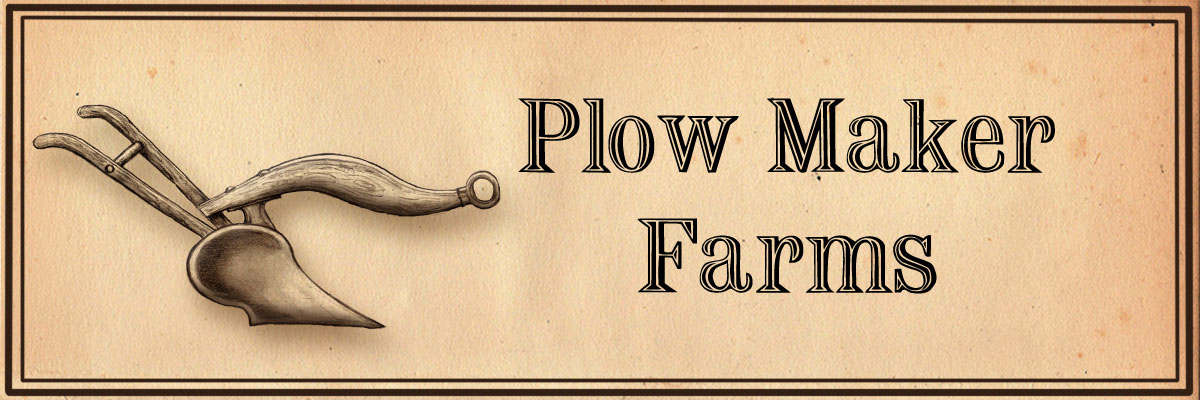Plow Maker Farms
Organic Rutger Tomato
For true tomato taste take a bite out of a heirloom Rutger. Even people who don't like fresh tomatoes like these bold flavored tomatoes! This classic open pollinated variety has a superior rich 'tomato' flavor with a meaty texture. It has a classic red appearance which makes it quite eye catching.
Rutger have a low seed to flesh ratio which makes them perfect for slicing into a thick sandwich. These delicious tomatoes are perfect for eating fresh, canning, making tasty soups, creating rich sauces and adding an essential tomato flavor to fresh salsa.

Picture: Rutger tomatoes are the perfect size for slicing.
Rutgers were carefully developed in the early 1900's. This delicious fruit was a natural cross between two favorite old fashion varieties; J.T.D. and Marglobe. J.T.D. tomatoes were named for Dr. John T. Dorrance, a chemist at Campbell Soup Company who invented condensed soup! Even though this tomato was originally the result of a cross it has been developed to breed true to seed.
Rutgers were bred for outstanding taste and a beautiful red color. For years they were used in classic Campbell tomato soup to create the perfect tangy to sweet tomato flavor. Sadly this tomato was abandoned by commercial growers in the 1970's in favor of less tasty but 'better' shipping tomatoes. Taste a Rutger and you will find out why this tomato has been popular for almost a 100 years. Read about the selection and breeding of this tomato in the original announcement of the 1934 edition of the New Jersey State Horticultural Society News.
Rutger's Space Voyage:
NASA launched 12.5 million Rutger tomato seeds into space in 1984 using the space shuttle Challenger. Seeds were placed in the Long Duration Exposure Facility satellite and encased in aluminum canisters along with radiation and temperature sensors. Canisters were designed to offer different environments for the seeds. For example, some canisters protected the seeds from radiation and/or changes in atmosphere while others did not.
The project, SEEDS (Space-Exposed Experiment Developed for Students), was only intended to last a year. Sadly, when the Challenger returned to collect the tomato seeds in 1986 it exploded on takeoff. Alone and adrift, the seeds orbited the earth for 5 1/2 long years. In 1990 they finally made their way home on the Columbia space shuttle.
Once back on terra firma the Rutgers proved their stuff by germinating and growing fruit as part of a Park Seed and NASA sponsored project. School children and college students were provided with SEEDS kits, containing 50 space tomato seeds and 50 'normal' seeds from the same lot that were stored on Earth for the same amount of time. Students were encouraged to test the seeds in whatever way they wanted and to record their observations.
Interestingly, some classroom studies suggested that space Rutgers germinated quicker, were shorter and stouter and had smaller fruit than the earth tomatoes. However, a later study found no evidence that space exposure adversely effected germination and yield (Kahn and Stoffela 1996).
References:
Kahn BA, Stoffella PJ. No evidence of adverse effects on germination, emergence, and fruit yield due to space exposure of tomato seeds. J Am Soc Hortic Sci. 1996;121:414-8.Pubmed. Full text.
